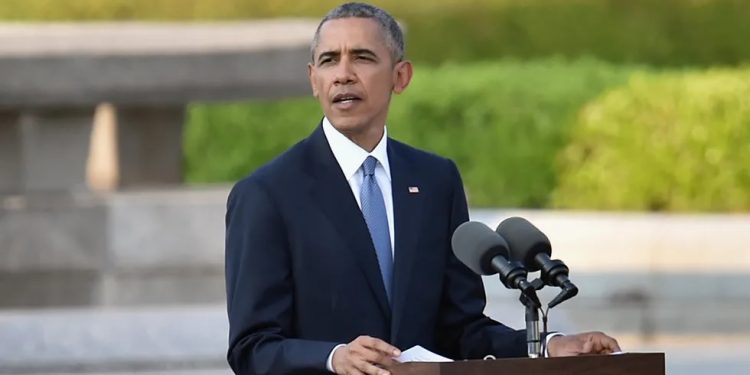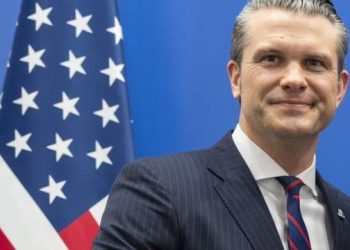In the closing months of President Obama’s second term, his administration laid the groundwork for what would become one of the most polarizing investigations in U.S. history. Despite knowing there was no evidence that Russia had tampered with vote counts in the 2016 election, officials advanced a narrative suggesting Donald Trump’s victory was due to Russian interference.
That decision not only misled the public but also cost American taxpayers millions and eroded trust in the democratic process.
In August 2016, the Department of Homeland Security informed the National Security Council that there was “no indication of a Russian threat to directly manipulate the actual vote count through cyber means.” Still, within weeks, U.S. intelligence agencies publicly claimed that Russian President Vladimir Putin had ordered a cyber influence campaign aimed at helping Trump defeat Hillary Clinton. This claim contradicted earlier cybersecurity findings.
The promotion of that narrative led to the Mueller investigation, a two-year probe that cost taxpayers nearly $32 million. A major basis for the investigation was the Steele dossier—a report packed with unverified and often discredited claims.
Compiled by former British intelligence officer Christopher Steele, the dossier was funded by political opponents of Trump, including figures from both parties. Much of its content relied on rumors and third-hand sources, and FBI officials were aware early on that its credibility was questionable.
Internal records later revealed that, despite recognizing the dossier’s flaws, FBI officials still used it to justify surveillance warrants and continue their investigations. In December 2016, intelligence agencies briefed President Obama using information from the dossier, even though they privately admitted much of it couldn’t be verified. This misled both the president and the American public.
The consequences of this disinformation campaign were long-lasting. Although Special Counsel Robert Mueller’s 2019 report found no evidence of a criminal conspiracy between the Trump campaign and Russia, the damage had already been done.
A 2020 Pew Research Center survey showed that 62% of Americans still believed Russia had “rigged” the 2016 election. That belief undermined confidence in the electoral system and made it difficult for many Americans to accept the results.
Mainstream media outlets were instrumental in amplifying the collusion claims, often doing so without sufficient skepticism. When the narrative fell apart, many of those outlets issued minimal corrections and quietly moved on, leaving public trust further fractured.
It’s worth noting that if an ordinary citizen had wasted $32 million in taxpayer funds on a false premise, or misled federal agencies, they would likely face serious legal consequences. Yet, none of the officials involved in this sweeping deception have been held accountable.
The Russia collusion narrative was a calculated effort that manipulated public perception and weakened core democratic institutions. Despite knowing the foundation of the story was unstable, Obama allowed it to proceed—leaving behind a nation deeply divided and politically scarred. Without real accountability, such abuses are likely to repeat.
 Telegram is where we really talk. Don't miss out!
Telegram is where we really talk. Don't miss out!








